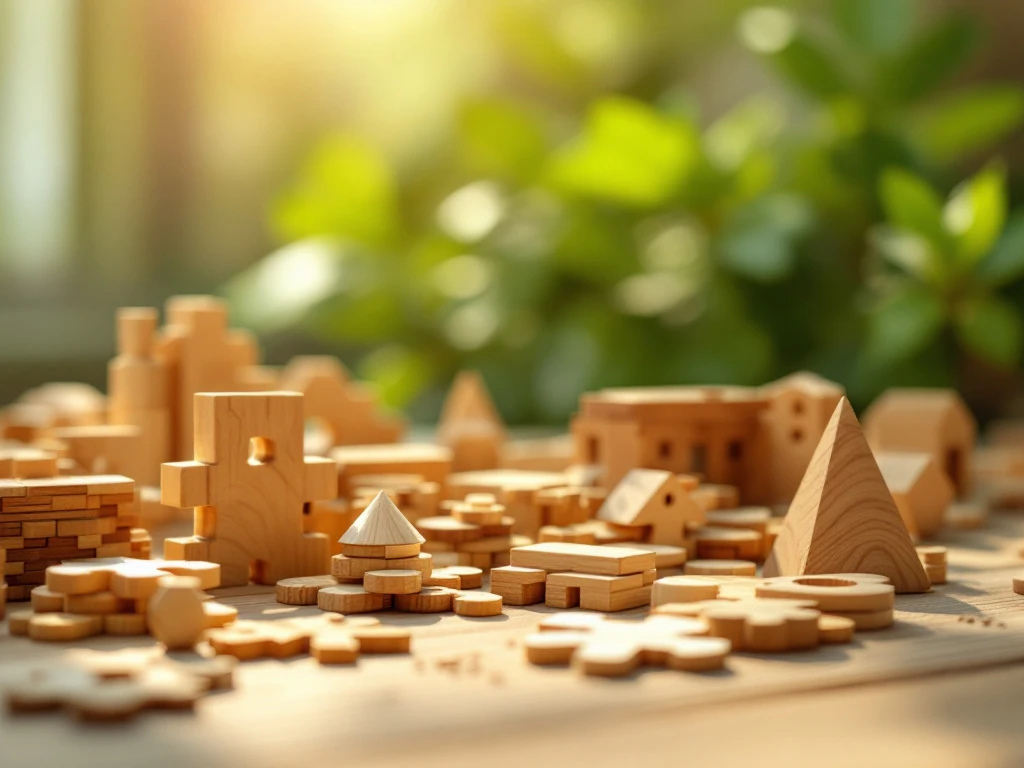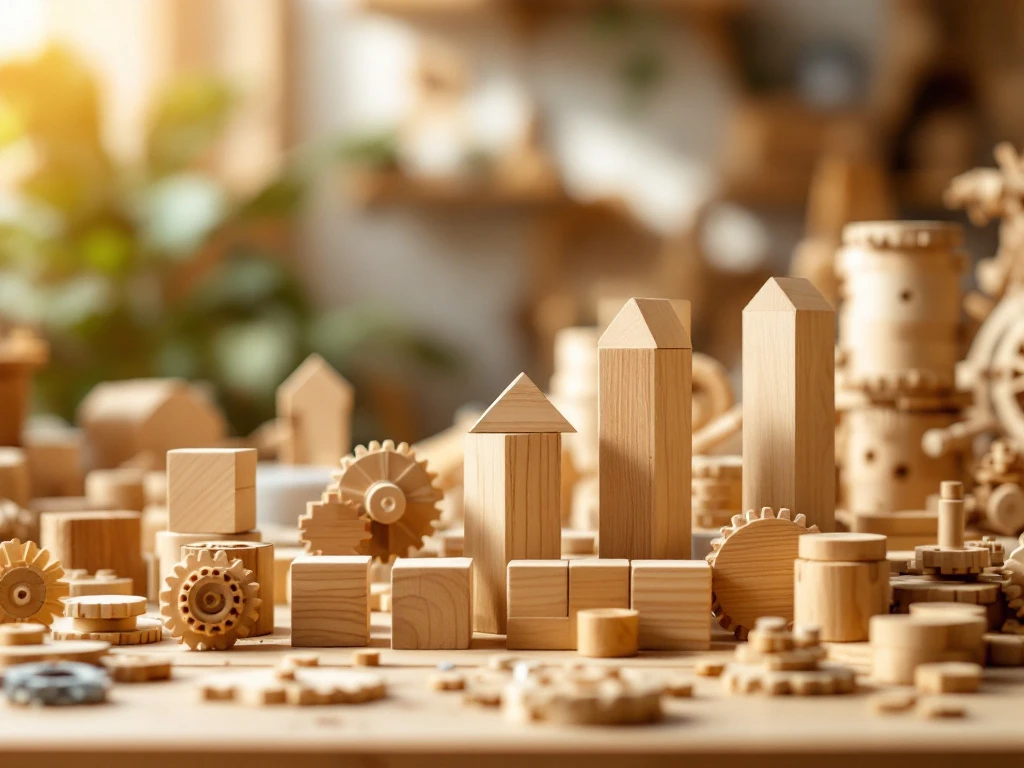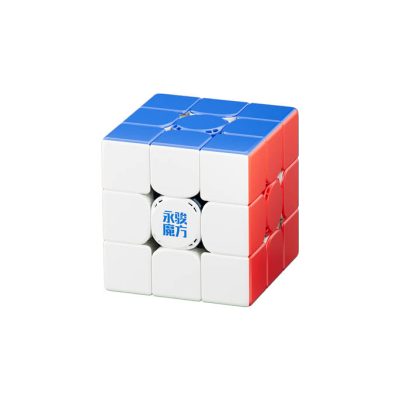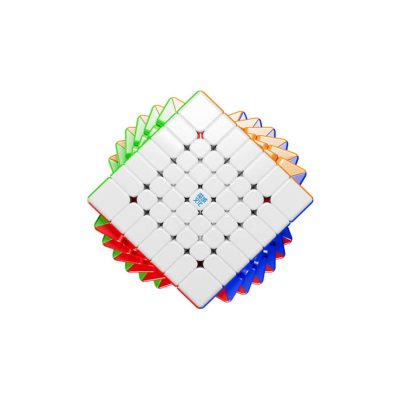-
 Dave Vinke
Dave Vinke
- Leestijd: 5 min
- Laatst geüpdatet: 27/08/2025
Restoring antique model kits requires the right materials and techniques. You need cleaning supplies, glue, paint, and tools for a successful restoration. Start with careful cleaning, assess which parts need replacement, and restore the original colors with appropriate paint. With patience and the right approach, you can get your old model kit back to top condition.
What do you need to restore an antique model kit?
For a successful restoration, you need cleaning supplies, model glue, acrylic paint, and fine tools. Make sure you have cotton swabs, soft brushes, toothbrushes, tweezers, and a craft knife. Don’t forget sandpaper, primer, and protective varnish either.
Start by gathering the basic necessities. Mild soap or special plastic cleaner helps remove dirt without damage. For metal parts, use rust remover if necessary. High-quality model glue ensures strong connections between parts.
Tools make the difference between a beautiful restoration and damaged parts. Use tweezers for small parts and a craft knife for carefully removing old glue residue. Fine sandpaper (400-600 grit) prepares surfaces for new paint.
Ensure a clean workspace with good lighting. A cutting mat protects your work surface and small containers help organize loose parts. Disposable gloves protect your hands from chemicals and prevent fingerprints on clean parts.
How do you clean old model parts without damage?
Start with lukewarm water and mild soap for plastic parts. Use a soft toothbrush for hard-to-reach places. For metal parts, work carefully with a light abrasive. Let everything dry thoroughly before continuing with the restoration.
Plastic parts usually tolerate gentle treatment with soapy water. Let them soak for a few minutes to loosen dirt. Then use a soft brush to scrub gently. Avoid aggressive cleaners that can attack or discolor the plastic.
Metal parts require a different approach. Start with dry cleaning using a soft cloth. For stubborn dirt or light rust, use a special metal cleaner. Always work in the direction of the metal structure and test first on an invisible part.
Remove old glue residue best with a craft knife. Warm the knife slightly under warm water for better results. Work slowly and don’t apply pressure to prevent scratches. Sometimes a little glue solvent helps, but test this first on a hidden spot.
Which parts should you replace on old model kits?
Always replace broken transparent parts, missing small parts, and damaged decals. Worn wheels, broken antennas, and torn cockpit canopies are also good candidates for replacement. Assess each part for functionality and aesthetic value.
Transparent parts like cockpit canopies and windows are often not repairable. Cracks and scratches remain visible and disrupt the final result. Look for compatible replacements at model shops or online platforms where hobbyists sell parts.
Small parts like antennas, mirrors, and exhaust pipes are easily lost or damaged. These are usually easy to replace and make a big difference to the final result. Always store loose parts in labeled containers during the restoration process.
Decals and stickers often get damaged during the cleaning process. Old stickers may be discolored or torn. Modern replacement decals are often better quality than the originals and give a fresher appearance. Make sure you have the right scale and colors before starting.
How do you restore original colors on faded model kits?
Match the original colors with color charts from paint brands like Revell or Tamiya. Clean and lightly sand the surface, apply primer, and build up the color in thin layers. Work with acrylic paint for the best results and protect the final result with matte or gloss varnish.
Start by identifying the original colors. Look at protected spots under stickers or in corners where the paint has faded less. Compare these with color charts from well-known paint brands. Take photos in natural light for the best color reproduction.
Surface preparation determines the final result. Sand lightly with fine sandpaper to improve adhesion. Remove all dust with a lint-free cloth. Apply a thin layer of primer for an even base, especially with light colors over dark backgrounds.
Build up the color gradually with multiple thin layers instead of one thick layer. Let each layer dry completely before applying the next. This prevents drips and gives a more professional result. Use a good brush or airbrush for the best final result.
Where can you find the best materials for model restoration?
You can find quality restoration materials at specialized model shops and online platforms. We have an extensive range of paint products, glues, and tools for restoration projects in our model collection. Take advantage of our automatic discounts on multiple items.
Specialist shops often offer better quality than general hardware stores. They have knowledge of different brands and can give advice on compatibility. Online platforms provide access to a wider range, but always check the seller’s reliability.
With us, you’ll find everything you need for a successful restoration. From premium paint brands to professional tools and accessories. Our discount scheme ensures you automatically get benefits with larger orders, perfect for restoration projects where you need multiple materials.
We ensure fast delivery so you can get started quickly with your restoration project. Our product knowledge helps you make the right choices for your specific model kit. This way you’re guaranteed to get the best results from your restoration work.
Frequently Asked Questions
How long does it take to restore a complete antique model kit?
A complete restoration usually takes 2-4 weeks, depending on complexity and damage. Plan about 10-20 hours of active work time, spread over multiple sessions. Drying times between paint layers and glue curing often determine the total timeline.
What do you do if you can't find original parts for replacement?
Look for compatible parts from similar models or scale from other brands. 3D printing is a good option for simple parts, or make your own replacements from plastic card and wire. Online model forums are excellent sources for tips and parts from other collectors.
Can I use modern acrylic paint on old model kits from the 70s-80s?
Yes, modern acrylic paint works excellently on old plastic and metal models. However, ensure good preparation with primer, especially on glossy old surfaces. Always test first on an invisible part to check compatibility and prevent unwanted reactions.
How do you prevent old plastic parts from breaking during restoration?
Warm plastic parts lightly with a hair dryer before bending or taking them apart - this makes them more flexible. Always work slowly and apply even pressure. Use plastic cement instead of regular glue for strong, permanent connections between plastic parts.
What's the best way to maintain the value of an antique model kit during restoration?
Document everything with photos beforehand and keep original parts, even if you replace them. Use reversible techniques where possible and avoid irreversible modifications. A professional restoration often increases value more than an amateur attempt, consider this for very rare sets.
How do you deal with rust on metal parts of old models?
Treat light rust with a gentle rust remover and fine sandpaper (600+ grit). For heavy rust, use rust converter that transforms rust into a stable layer. Always protect treated metal parts with primer and paint to prevent new rust formation.
What common mistakes should I avoid on my first restoration project?
Don't work too quickly - haste leads to damage and poor results. Test all materials first on hidden spots and read instructions thoroughly. Don't try to do everything at once; work systematically per part and let everything dry properly between steps.
Table of contents
Much viewed
More blogs

Are their wooden building kits sustainable?

Which wooden building kits develop problem-solving skills?

Are there wooden building kits for different ages?





